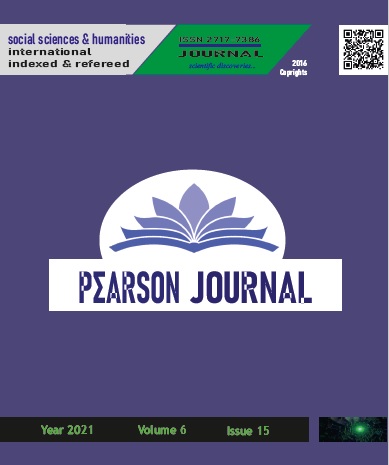KILIM WEAVING SAMPLES REGISTERED TO THE NIGDE MUSEUM
DOI:
https://doi.org/10.46872/pj.334Keywords:
Rug, Niğde, Weaving, Rope, MuseumAbstract
Weaving is an example of art produced at the end of human need. The samples produced because they were needed first turned into art. It is not known exactly whether the art of weaving started as a carpet or as examples of plain weaving, rug weaving. Throughout history, carpet and rug weaving has developed in connection with each other. Rug weaving samples, which have an important place in Turkish culture, are accepted as source information about the period they were woven and the geography they were woven. Looking at kilim weaving examples, patterns are given with threads of different colors and different weaving techniques are used. Unlike carpet weaving, there is no pile height in weaving. The motifs used in the patterns are generally traditional motifs. Geometric motifs are used more frequently. In rug weaving, unlike carpet weaving, the threads are mostly twisted. Rug weaving samples found in the inventory records in the Niğde museum show that the rug weaving tradition is as old as carpet weaving in Niğde and its surroundings. The aim of this study is to share the information obtained as a written source on the general condition, pattern and color composition properties of the weaving samples in the exhibition hall and warehouse in the museum.




